The truth about “extenders” in the food we eat (2nd of 2 series). TVP (Textured Vegetable Protein) What are these?
(Textured Vegetable Protein)
(or sometimes called Textured Soya Protein)
My major premise (again & again): NOTHING IS WRONG WITH TVPs.
It contains 50-65% protein.
Producers label their food products so flowery-nice that these “extenders” are left un-noticed.
Different “extenders” are used by manufacturers to cut down on costs of goods sold unto you:
1. Chicken MDM (Mechanically De-boned Meat) (explained in 1st Series)
2. TVP (Textured Vegetable Protein or Soya Protein) (below elaborated now)
There are other food “extenders” that you’re not aware of:
3. Bread & milk.
4. Modified Starches, different types of flour, rice & cereals.
5. Meat trimmings, internals & skins.Rendering the name “textured”, these are manufactured from soya beans,
converted into paste then extruded into different shapes, sizes, color,
protein content and hydration capacity (the capacity to absorb water).
Sold by the sacks of 25kilos, red, white, natural light brown or caramel color, 50-65% protein content,
best quality ones are from USA, Israel and Brazil.
Argentina, Turkey, India and China joined the industry as demand keeps on rising year after year.
Prices are based on protein content, absorption capacity & size.
The higher the protein & absorption rate, the higher amount you shell out.
Normal absorption capacity is 1 part TVP:3 parts water.From above rate you will note that a kilo of TVP, approximately P75.00/ or U$D1.70/,
when hydrated with 3 kilos of water (in seconds) will come out 4 kilos of “seemingly like ground meat”
…at that P75.00/kilo price. Great cost cutting.
98% or processed meats (canned or frozen-packed), here & worldwide, contain TVP.
Some are manufactured with little meat (pork, beef, chicken etc.) plus TVP as extender and some,
aside from TVP, in conjunction with such, still add Chicken MDM plus other “extenders”.How low, do you think, will the production cost be if this formulation (TVP + MDM + other extenders) is employed?Your favorite most vaunted burger patty, almost ALL,
repeat almost ALL types of sausages & longanizas, luncheon meats, meat & beef loaves, embutidos, dimsums, dumplings, meat & beef balls, corned beef etc and etc and etc…TVP plays the major role.
TVP is as basic as Tylenol, or Tempra or Biogesic when you have fever or wish to ease a pain.Let’s disect the widely bragged item…corned beef.
Why do you think a “low-cost” 100-gram can of corned beef can be sold at below P14.00 (U$D0.31)?
A kilo of good quality CARA-beef (or India’s buffalo meat) demands P130.00/ (U$D2.95/). By just plain division: P130/1000grams (1000 grams to a kilo) = P0.13 X 100 grams (100 grams can) = P13.00
So how can you sell it at say P14/can? MIRACLE?
The manufacturer makes ONLY P1/can?
Where do they charge product cost, labor, utilities, can, label, marketing expenses?
How about the profit of the dealers or distributors?
AND WE ARE TALKING OF INDIA’S BUFFALO MEAT, YET.
NOT THE REAL CATTLE BEEF which is much higher in price.
Oh really? Don’t pull my crump-prone leg guys.
Further, what if the label & ad campaign claim is: “made from Angus beef”?
Does real Angus beef mean TOP (1st rated or the EMIRP…you have to read this backwards) or the CHOICE (2nd rated) cut?
THINK. THINK VERY DEEPLY. Even if they double the price
…I will be too stubborn…as I will NEVER believe it’s Angus.
Check this out:
* The “chicken” in the “sotanghon soup” you buy…that’s white TVP-strips not chicken.
* The “beef” in your comfort food cupped-noodle soup are hydrated caramel TVP-minced.
*The highly popularized canned corned beef now, bragging of pure beef, the one used is
red (or caramel colored) TVP-powder.
And once way too large volume of TVPs is used,
how do they mask the soya aroma & taste of the end product?
Flavors, concentrates of food extracts, add-on spices/herbs/condiments/chemicals etc. come to use.
THINK.


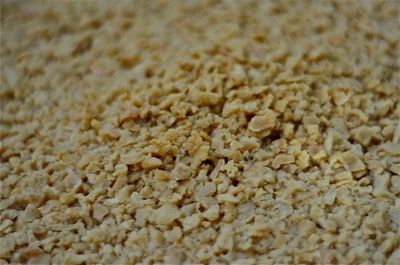
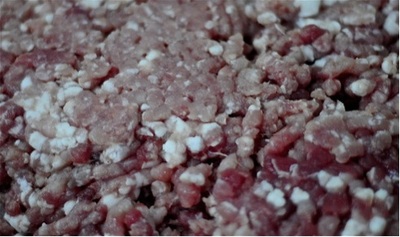
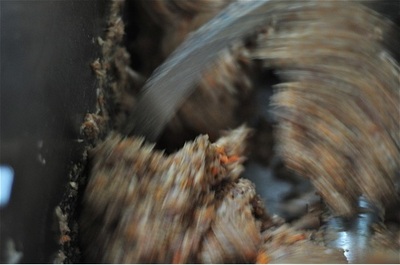
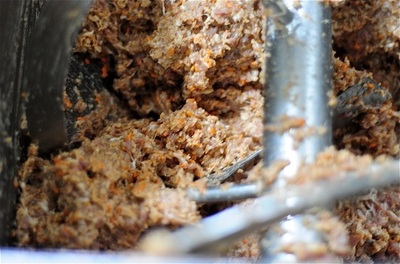










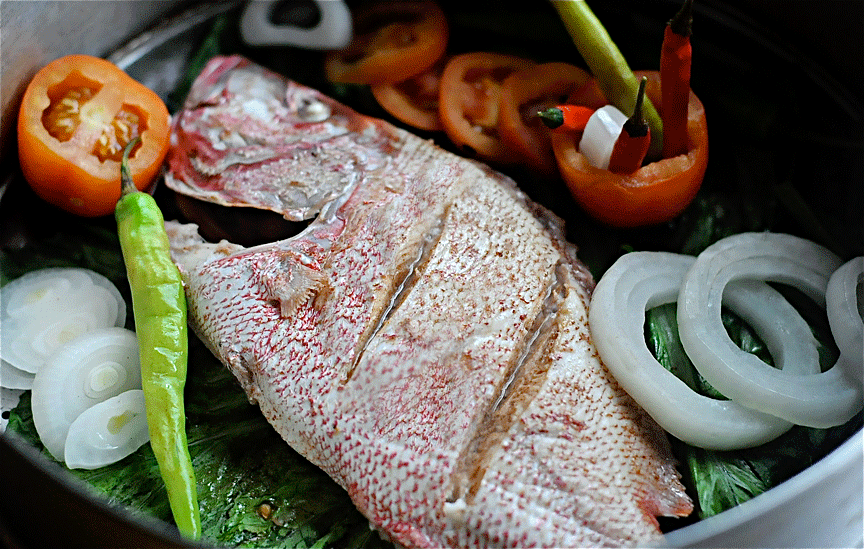
Leave a Reply
Want to join the discussion?Feel free to contribute!